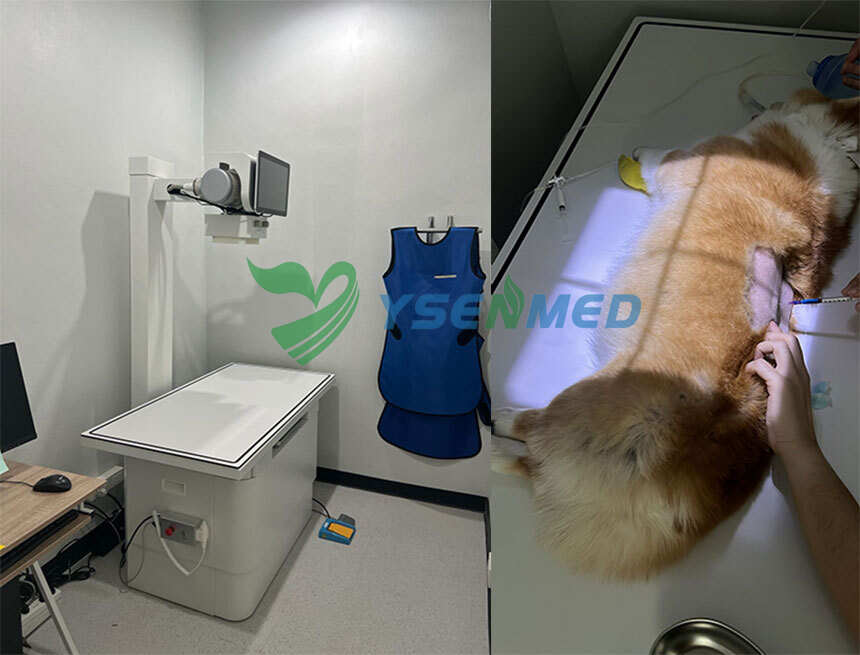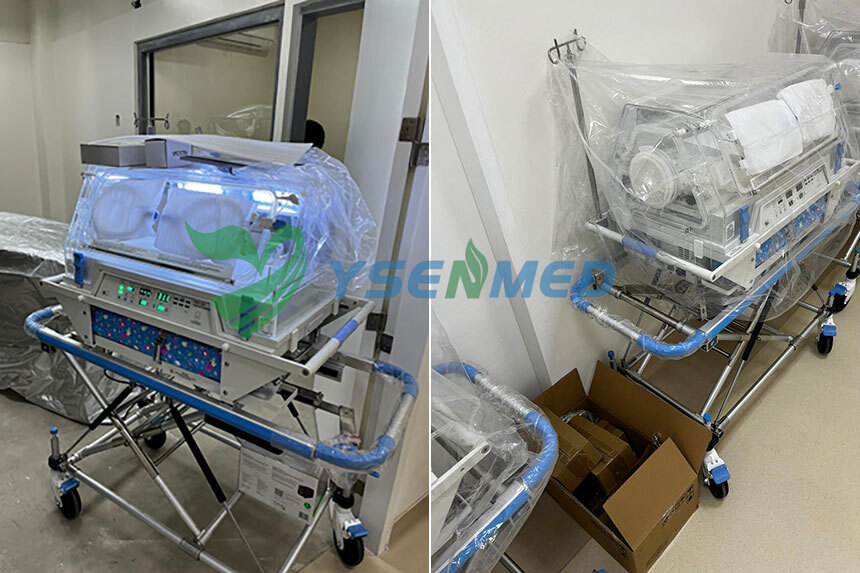Title:
The Impact of Automation on Microbiological Laboratories: Revolutionizing Efficiency and Precision
Introduction :
Highlight the historical context and the need for increased efficiency in lab processes.
Establish the significance of automation in transforming microbiological workflows.
Section 1: Evolution of Automation in Microbiological Labs :
Trace the historical development of automation in microbiological laboratories.
Discuss the initial challenges and motivations leading to the adoption of automated solutions.
Highlight key milestones and breakthroughs in the evolution of automation technologies.
Section 2: Key Technologies Driving Automation :
Explore the role of robotics in sample handling, processing, and automated culture preparation.
Discuss the significance of automated liquid handling systems in microbiological assays.
Explore advanced imaging and analysis tools and their impact on automated microbiological processes.
Introduce artificial intelligence and machine learning applications in microbiological automation.
Section 3: Applications in Microbiological Testing :
Detail how automation is transforming various microbiological tests.
Explore applications in culture preparation, streaking, colony counting, and more.
Highlight specific examples of automated systems used in different types of tests.
Discuss the benefits of automated systems in reducing human error and improving reproducibility.
Section 4: Advantages of Automation :
Provide an in-depth exploration of the key advantages of automation in microbiological laboratories.
Discuss how automation enhances efficiency, accuracy, and overall productivity.
Highlight cost savings and resource optimization through the implementation of automated processes.
Section 5: Challenges and Solutions :
Address common challenges faced in implementing automation in microbiological labs.
Discuss solutions and strategies to overcome resistance to automation.
Explore the importance of training and skill development for lab personnel adapting to automated systems.
Section 6: Industry Perspectives and Innovations:
Offer insights from industry leaders on the impact of automation.
Highlight recent innovations and breakthroughs in automated microbiological technologies.
Discuss collaborations and partnerships driving advancements in the field.
Section 7: Integration into Lab Workflows :
Examine how automated systems seamlessly integrate into existing laboratory workflows.
Discuss the importance of customization for different types of microbiological tests.
Explore examples of successful integration in real-world laboratories.
Section 8: Regulatory Considerations :
Explore the regulatory landscape governing the use of automation in microbiological labs.
Discuss compliance with standards and guidelines to ensure the reliability of automated results.
Section 9: Future Trends and Prospects :
Predict future trends in automation for microbiological laboratories.
Discuss emerging technologies and their potential impact.
Explore the role of automation in addressing global health challenges.
Conclusion :
Summarize the transformative impact of automation on microbiological laboratories.
Emphasize the ongoing evolution and potential for further advancements.
Encourage continued research, innovation, and adoption of automation in labs.
Section 10: Case Studies and Real-world Implementations :
Highlight real-world examples where automation has significantly improved processes and outcomes.
Discuss the impact on research studies and clinical diagnostics.
Section 11: Global Adoption and Disparities :
Examine the global adoption of automated technologies in microbiological labs.
Discuss any disparities or challenges faced by different regions in embracing automation.
Explore initiatives and efforts to bridge the gap in technology access.
Section 12: Societal and Ethical Implications :
Discuss the societal impact of increased automation in microbiological labs.
Address ethical considerations related to job displacement and the role of humans in automated processes.
Explore potential solutions to mitigate any negative societal consequences.
Section 13: Collaborative Research and Open Source Initiatives :
Explore collaborative research efforts in the field of automated microbiological testing.
Discuss the role of open-source initiatives in driving innovation and accessibility.
Highlight successful projects and their contributions to the advancement of automation.
Section 14: Educational and Training Programs :
Discuss the importance of educational programs for training professionals in automated microbiological processes.
Explore existing training initiatives and their effectiveness in preparing lab personnel for automated systems.
Address the evolving skill set required in the era of automated laboratories.
Section 15: Public Perception and Awareness :
Explore how the general public perceives the impact of automation on microbiological labs.
Discuss the importance of raising awareness about the benefits and potential concerns.
Highlight communication strategies to bridge the gap between scientific advancements and public understanding.
Section 16: Continuous Improvement and Feedback Mechanisms :
Discuss the need for continuous improvement in automated systems based on user feedback.
Explore feedback mechanisms employed by manufacturers to enhance the performance of automated microbiological technologies.
Highlight the role of end-users in shaping the future development of automated solutions.
Conclusion :
Summarize the multifaceted impact of automation on microbiological laboratories.
Emphasize the interconnectedness of technological, societal, and ethical aspects.
Encourage a holistic approach to the continued evolution of automated systems.
Section 17: Economic Impact and Return on Investment :
Explore the economic implications of adopting automated systems in microbiological labs.
Discuss the initial investment costs and potential long-term savings.
Analyze the return on investment for both research and clinical laboratories.
Section 18: Interconnectivity and Data Management :
Discuss how automated systems facilitate interconnectivity in microbiological laboratories.
Explore the role of automated data management in improving efficiency and decision-making.
Highlight cybersecurity considerations in the era of interconnected lab equipment.
Section 19: Environmental Sustainability :
Explore the environmental impact of automation in microbiological labs.
Discuss how automated processes can contribute to sustainability through reduced waste and energy consumption.
Highlight initiatives and technologies promoting eco-friendly lab practices.
Section 20: Adaptation to Emerging Infectious Diseases :
Discuss how automated systems play a crucial role in responding to emerging infectious diseases.
Explore the agility and adaptability of automated labs in handling unforeseen challenges.
Highlight specific instances where automation has been instrumental in pandemic response.
Section 21: Patient-Centric Approaches :
Explore how automation contributes to patient-centric approaches in healthcare.
Discuss the impact on personalized medicine and individualized treatment plans.
Highlight examples of improved patient outcomes through automated microbiological testing.
Section 22: Collaborative Research Initiatives :
Discuss collaborative research initiatives that focus on the intersection of automation and microbiology.
Explore how interdisciplinary collaborations contribute to groundbreaking advancements.
Highlight successful projects and their implications for the future.
Section 23: Regulatory Updates and Compliance :
Provide insights into recent regulatory updates governing automated microbiological laboratories.
Discuss the importance of maintaining compliance and meeting evolving regulatory standards.
Explore how regulatory bodies adapt to advancements in automation.
Conclusion (Approx. 400 words):
Summarize the extensive impact of automation on microbiological laboratories across various dimensions.
Emphasize the interconnected nature of economic, environmental, and patient-centric considerations.
Encourage ongoing collaboration, research, and responsible adoption of automation in labs.




